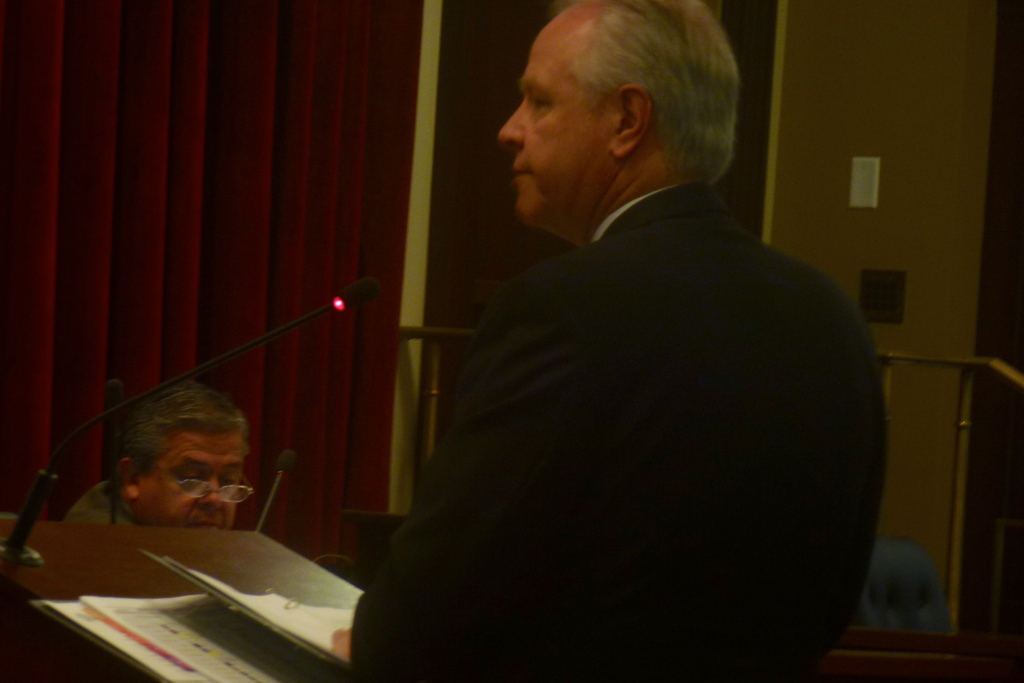Public schools will again receive $31.3 million in state endowment money in 2014-15 — after Idaho Land Board members rejected state superintendent Tom Luna’s proposal to increase the payment.
On Tuesday, Luna argued that the flat payments from investments and state lands have failed to keep up with inflation and enrollment growth.

But Luna’s four Republican colleagues on the Land Board — Gov. Butch Otter, Attorney General Lawrence Wasden, Secretary of State Ben Ysursa and Controller Brandon Woolf — voted to keep the annual payment unchanged. In so doing, they sided with the state’s investment board, which recommends bolstering the endowment reserves to provide a buffer against an economic downturn.
K-12 is the largest of eight endowment fund beneficiaries; public schools received $31.3 million a year for the past five years. The endowment is a relatively small source of public school funding; the state’s general fund budget for K-12 exceeds $1.3 billion, mostly from state sales and income taxes.
In August, Luna sought an increase to $36.9 million, a move that received no support from Land Board members. On Tuesday, he offered a motion for a partial increase, to $34 million. After a long silence, Otter seconded Luna’s motion — out of respect, he said, for the work Luna had done on the issue. But when it came to a vote, only Luna backed the $34 million payment.
A subsequent motion, for a $31.3 million payment, passed 4-1, with Luna voting no.
Luna’s push for an increase was based on several trends:
- Since 2000-01, the state’s endowment payment to schools has dropped from $44.6 million to $31.3 million.
- During this time, the fund’s reserve has increased by more than 900 percent. Reserves should reach $129 million in 2013-14.
- While endowment payments have dropped, enrollment numbers have increased by more than 45,000, to 290,155 students statewide.
- Factoring in the drop in payments and the increase in enrollment, endowment support has dropped from about $180 per student in 2000-01 to just over $100 in 2013-14.
The current $129 million reserve covers nearly four years of normal endowment payments to schools — and Luna said his proposal would allow gradual increases in reserves. But the state’s policy is to maintain a five-year reserve for all of its endowment funds, and right now, the public schools fund is the only one that has not met this threshold.
And it isn’t the job of fund managers to consider a state agency’s budgetary needs, said Larry Johnson, investment manager for the Endowment Fund Investment Board, the body that oversees the state’s endowments. Instead, the job is to consider the funds’ long-term financial health, ensuring a stable payout that gradually increases to meet future needs.
This isn’t the first time Luna and fellow Land Board members have disagreed over payments to schools. In 2010, Luna requested a one-time withdrawal from reserves to boost a recession-ravaged K-12 budget. A divided Land Board voted to withdraw $22 million.
